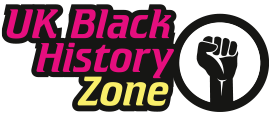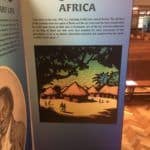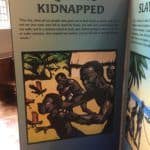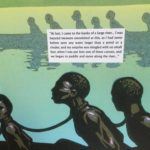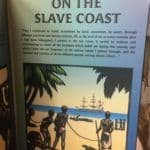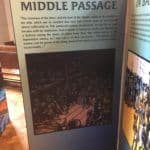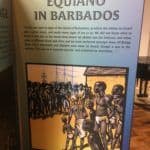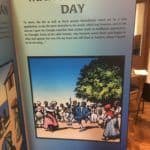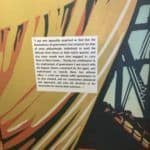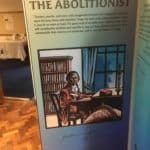Profile
Olaudah Equiano
The Historian
-
The historian championing this figure
My name is David. I am a historian and Olaudah Equiano is one of the people I have looked at. He is interesting because he is one of only a very few enslaved Africans who has left us a written account of his life, and what a life it was! His book describes an idyllic childhood in an African village, how he was captured and sold into slavery, his time serving in the British navy and how he was able to buy his freedom before settling in London where he played a big part in the campaign to end the slave trade.
-
About:
Olaudah Equiano was a prominent campaigner for the abolition of the slave trade became the first person of African ancestry to hold a post in the British Government.
Born in 1745, Olaudah was kidnapped by slavers from Nigeria and sold to the Royal Navy to work in the dangerous role of carrying powder for the ship’s guns
Olaudah built a career as a sailor and tradesman and then bought his freedom in 1766 after ten years of enslavement throughout the North American continent, where he assisted his merchant slave master and worked as a seaman.
Equiano never forgot his roots and wrote a detailed record of the gruesome conditions endured by 470 Africans on the Zong slave ship whose crew murdered around 130 slaves en route to the Caribbean from Africa. More than two centuries later, this work is recognised not only as one of the first works published in England by an African but also provides a prominent record of what slaves experienced in this era.
Equino moved to London and became a prominent spokesperson for London’s black community and was one the leaders of the all-black abolitionist movement ‘The sons of Africa’
Olaudah Equiano died in 1797, ten years before the slave trade was abolished and 36 years before Parliament outlawed slavery throughout the British Empire.
-
What was the time period like?:
The pictures in the gallery were taken at an exhibition about Equiano in London in 2019.
The images show key stages in his life.
His childhood in an African village in what is now called Nigeria.
He was captured by men from another village and taken across the country to the coast where he was sold to traders.
He was taken to Barbados and from there to South Carolina where he was sold into slavery.
The man who bought him was an officer in the British navy. He served in the British navy with his owner during the Seven Years War against France. His owner promised him his freedom at the end of the fighting but instead sold him to another man.
Because Equiano could read and write he was very useful to his new owner who trusted him to do business trips on his behalf.
On this trips Equiano was able to make some money for himself as well as doing business for his owner. Eventually Equiano had enough money to buy his freedom.
Equiano was not the only Black man in London during the time he lived there but most of the others would have been working as servants.
Equiano wrote his life story and toured Britain to sell copies of the book. The tours were very successful and the book sold many thousand copies.
Equiano met and married a white lady and they had two children together.
-
What influence have they had on Modern Day UK?:
Sadly, Equiano’s story is not as well known as it should be. There are general lessons we can learn from him: keeping going in the face of difficulties; the importance of learning (he taught himself to read and write); and speaking out against injustice, all of which are still very relevant today.
-
Born: 1745
-
Died: 1797
-
Extra resources:
http://www.historycalroots.com/equiano-journeys-end/
The above link will take you to a site where we describe some of the research we did when we looked into the life of Equiano. [I now notice that the links in this article don’t work. I won’t be able to fix them for a couple of weeks but if you type ‘Equiano’ into the search box the articles are listed and can be accessed. Apologies].
The above site includes a lot of material but the video ‘The Extraordinary Equiano – Part 1’, a mixture of ‘talking heads’ and dramatised reconstructions, may be of particular interest but young children may find some of the content disturbing.
Finally, Wikipedia (below) gives a good general introduction to Equiano:
